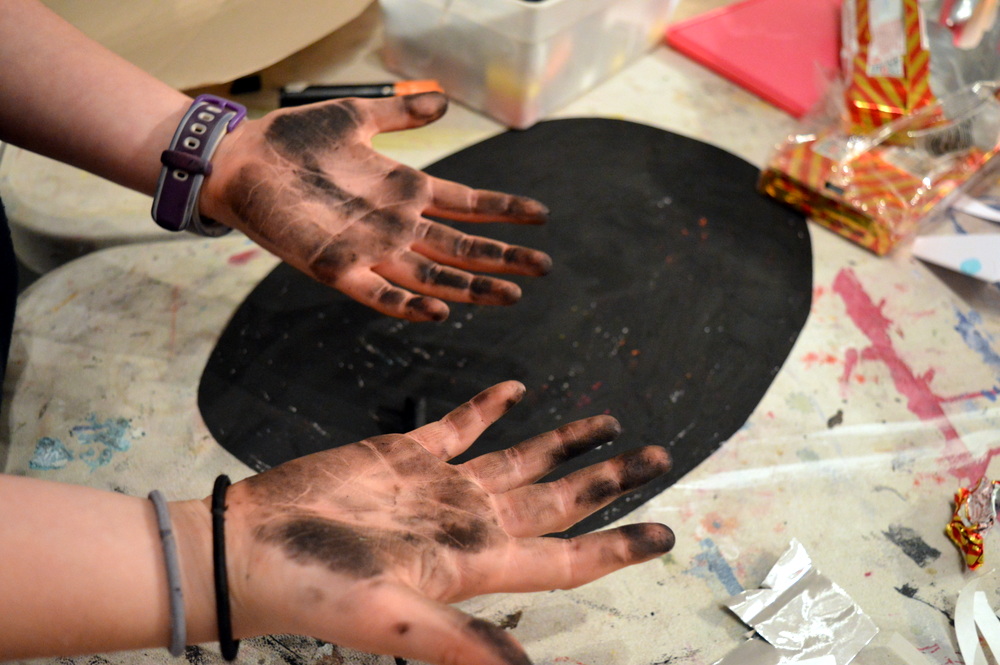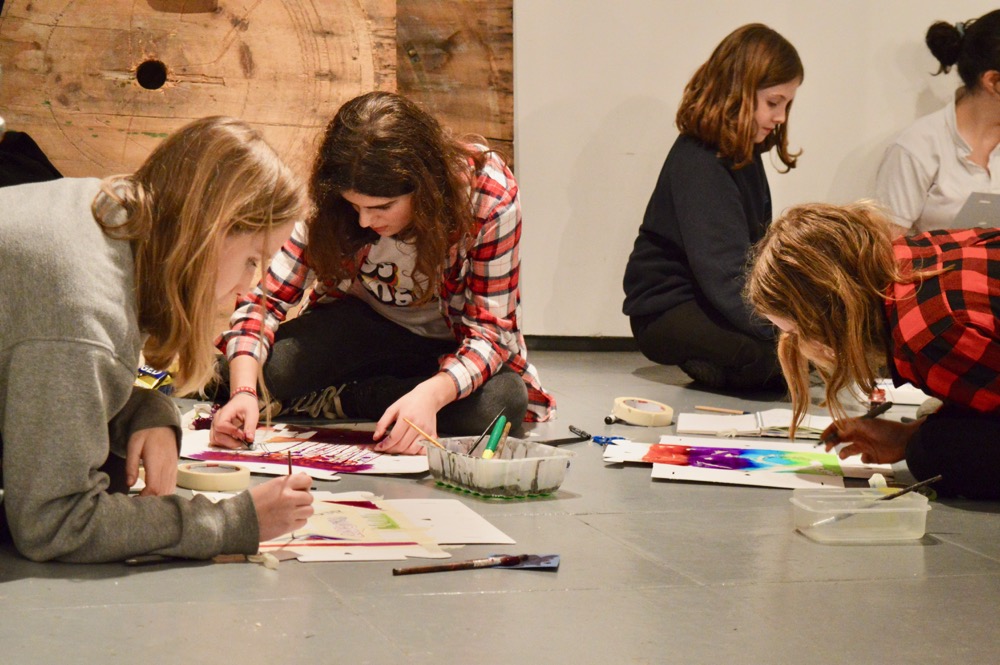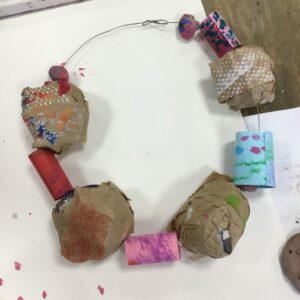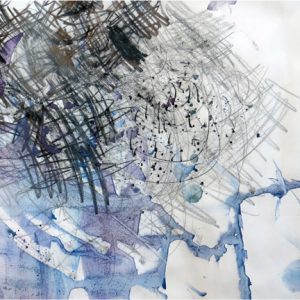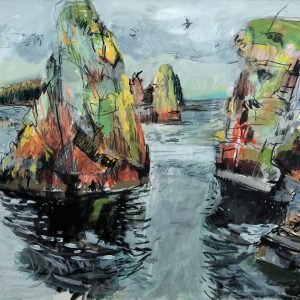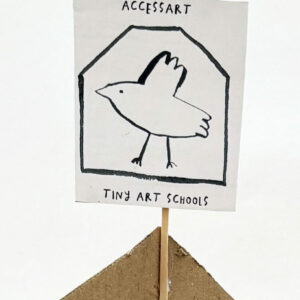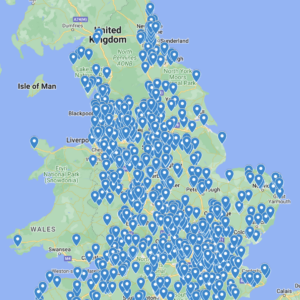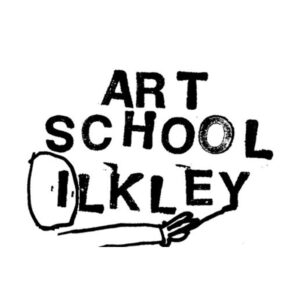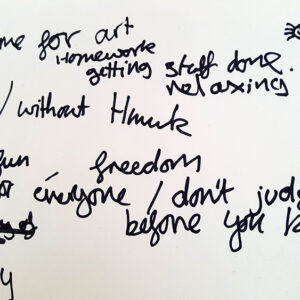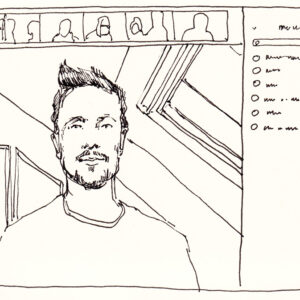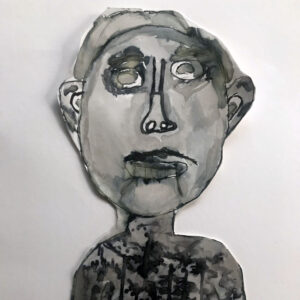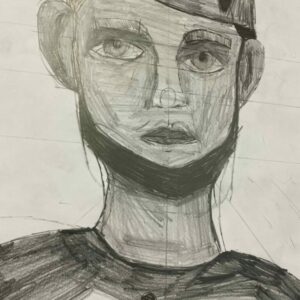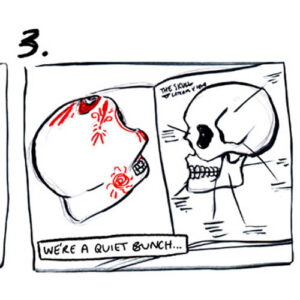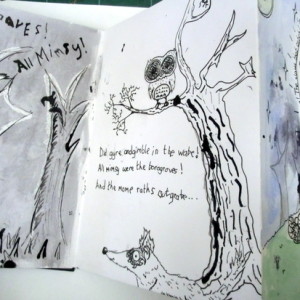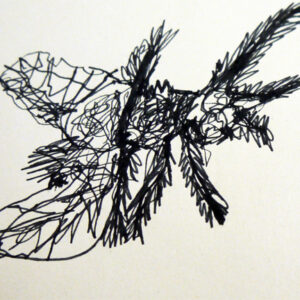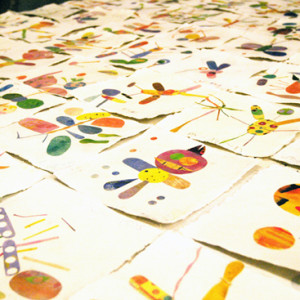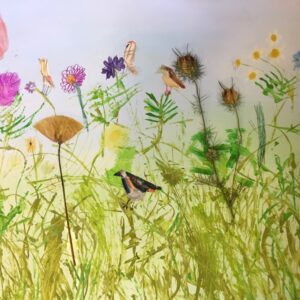AccessArt Treehouse aims to support young people outside mainstream education by offering creative learning opportunities that help them feel empowered, engaged, and inspired.
In this short 30-minute practical CPD session, we launched the AccessArt Treehouse Challenge ‘Transforming Letters‘, providing a hands-on demonstration to help you facilitate a simple collage and typography challenge with your learners.
You can watch along or join in with the activity. If you would like to join in with the demonstration, you will need coloured card/sugar paper, white A4 paper, scissors, glue and a pen.
This session is aimed at educators working outside of mainstream education, such as Home Educators, Educators working within vulnerable settings such as CAHMS, ESBA, Hospitals, Neuroinclusive Spaces, Nurture Groups, Care Homes, Youth Offender Institutions, and Extracurricular Providers.
Please log in as a full member to access the recording below.
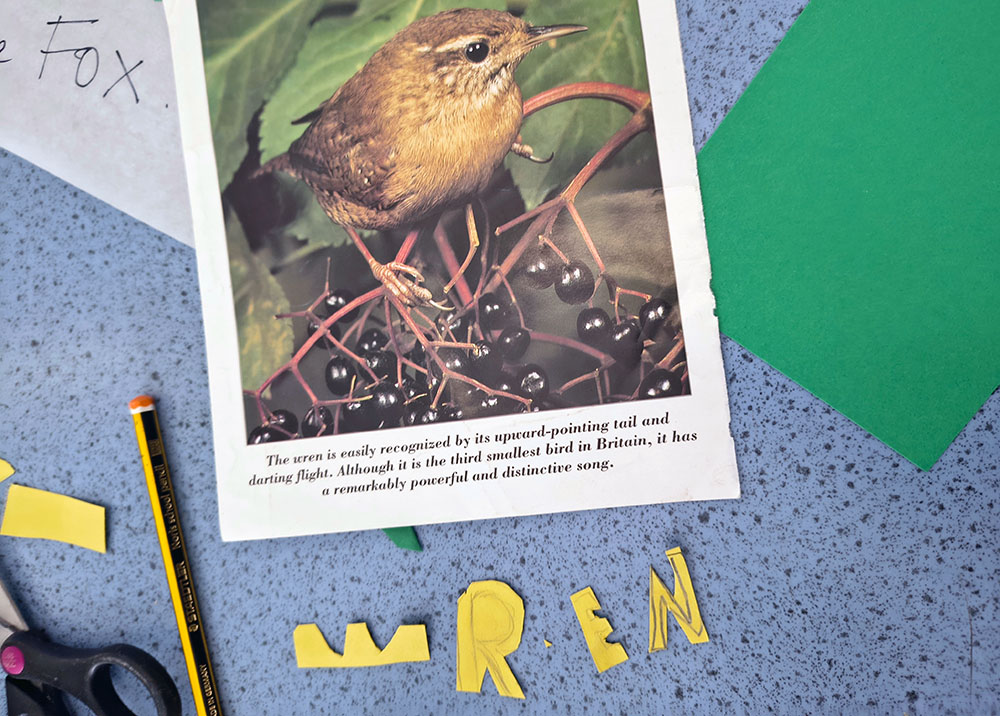
To access all content, I would like to join as…
AccessArt is a UK Charity and we believe everyone has the right to be creative. AccessArt provides inspiration to help us all reach our creative potential.
